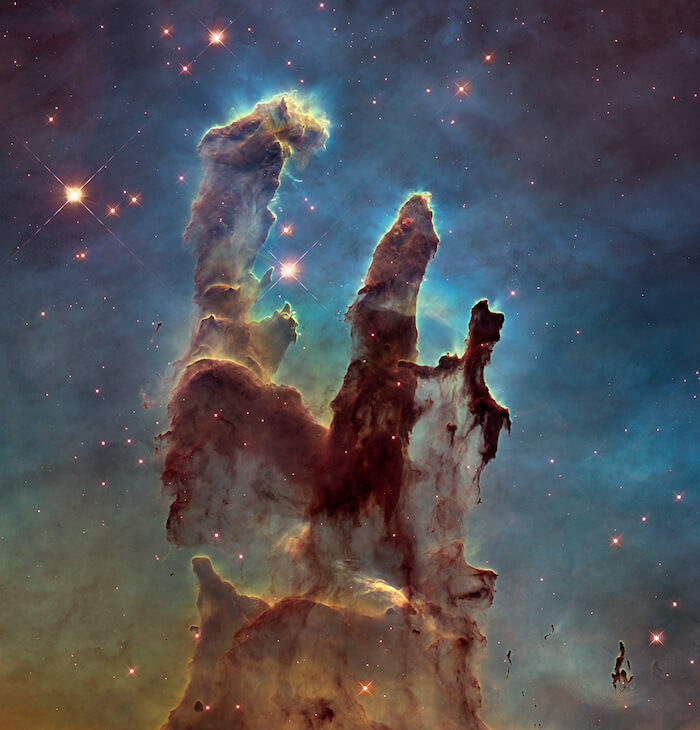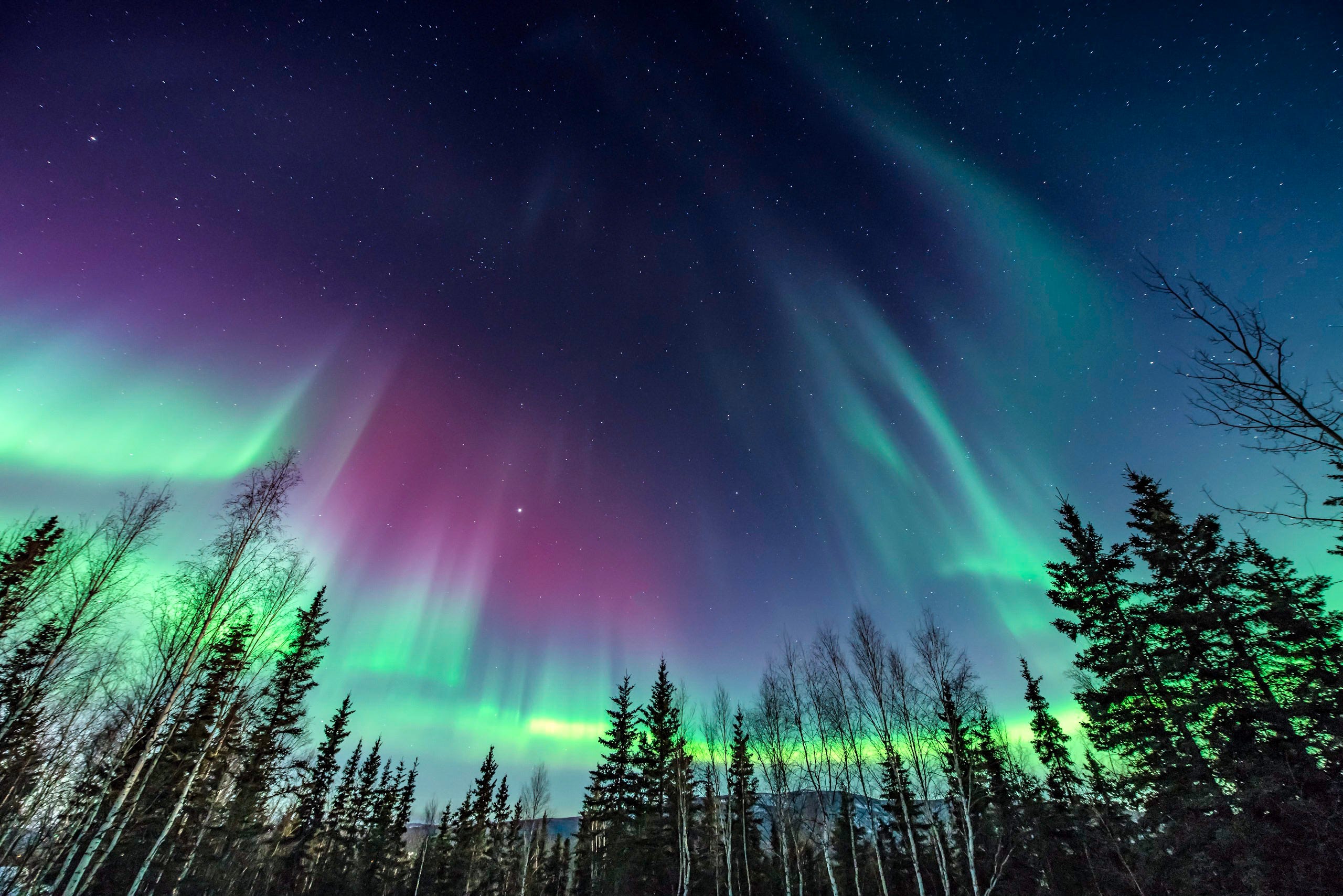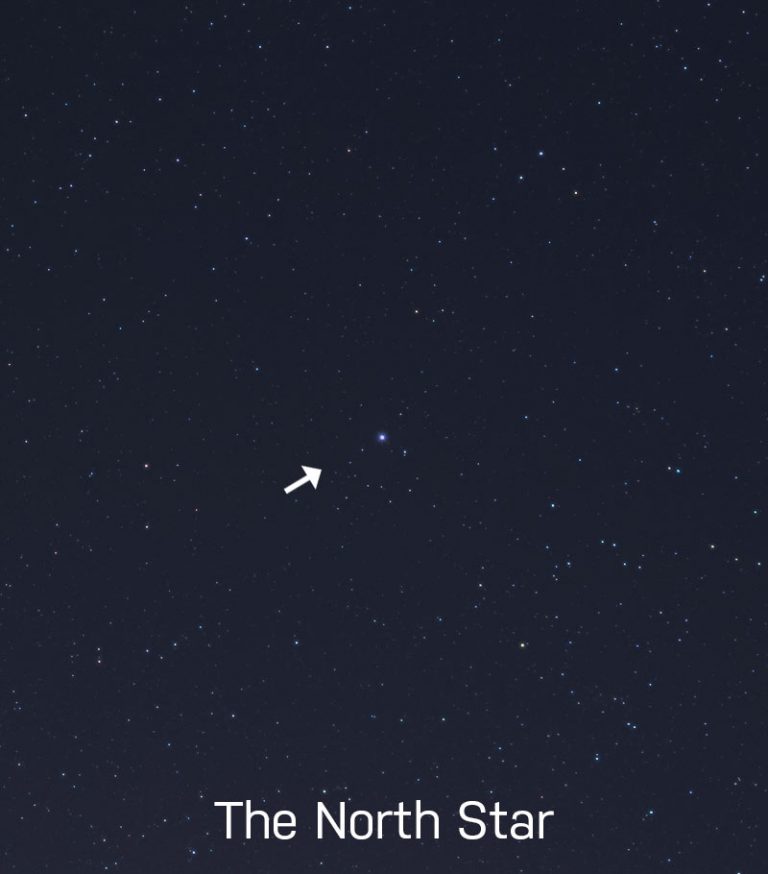Paco Dennis
SF VIP
- Location
- Mid-Missouri
Eagle Nebula





Northern lights viewed from Alaska. The most beautiful sight I've ever seen, next to my babies when they were toddlers and thorougbred horses running through snow! Wow!Northern Lights

Gorgeous photo!Crab Nebula
Taken by Hubble, is the most detailed view of the entire Crab Nebula ever.

Isn't it something?Gorgeous photo!

Do you know what amazes me, Paco?The North Star: Polaris
- Constellation: Ursa Minor
- Star Type: F-Class Supergiant
- Mass: 4.5 times the mass of the Sun
- Luminosity: 2,500 times brighter than the Sun
- Diameter: 70 million km (50 x the Sun)
- Temperature: 5,700 Celcius
- Distance From Earth: 430 light-years
- Rotation Period: 119 days
- Alternate Names: Polaris A, Alpha Ursae Minoris, Pole Star, North Star

Thanks — I did not know this.Note those colorful nebula images do not represent colors one would see with one's eyes but rather are the result of pseudo colors being assigned during image processing to different spectral elements.
